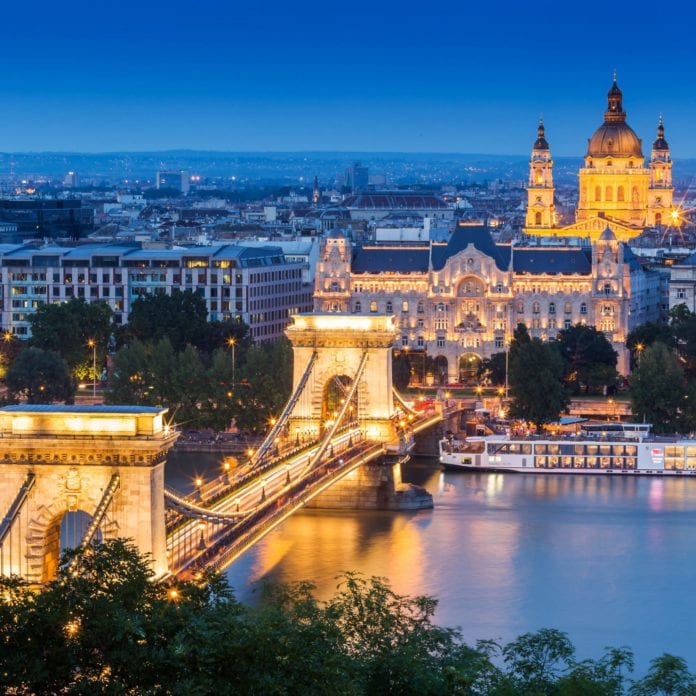A LoRaWAN test town for Hungary
Szada is a small town on the outskirts of Budapest, Hungary, with a population of around 5,000. Its economy has relied on agriculture for centuries, with a recent trend towards vine growing. Thanks to its proximity to Budapest, Szada was considered a convenient testing ground for InteliLight’s streetlight management solution and low power wide area network capabilities, serving as a pilot for larger projects, according to a case study.

The deployment involved three companies: ELMÛ-ÉMÁSZ Group, TSystems Hungary and Flashnet.
Requirements for deploying smart lighting
The first project requirements were limited to on/off switching and electric parameter monitoring at the panel level, controlling around five hundred lamps. There was no LoRaWAN network available locally, so the deployment required the installation of the entire LoRa system from scratch, starting with a Kerlink gateway, InteliLight controllers, LoRaWAN network management server and InteliLight CMS application software.

Proof of scalability was done by upgrading every lighting panel with LoRaWAN compatible monitoring and controlling units, but only after system reliability and functionality testing completed in early 2016. The replacement units were created to provide detailed information and optimization for the functional and electrical parameters of the street lighting grid.
Advantages of LoRa, LPWAN
LoRa is a low power widea area radio frequency communication technology built to allow use cases like streetlight control systems deployment and operation over large geographical areas.
Compared to classic PLC and mesh RF/GPRS communication technologies, LoRaWAN compatible control systems are said to manage costs by only needing one RF base station for up to 20,000 streetlight controllers or other “internet of things” and machine-to-machine applications in a range of up to 15 kilometers, depending on urban density.
For the Szada smart lighting deployment, the companies used:
The field deployment was performed in December 2015, and took three days after the hardware delivery. The LoRaWAN gateway was installed in the tower of the mayor’s office building, one of the tallest buildings available, in order to provide the better signal coverage.
The InteliLight LoRa controllers were installed in the feeder pillars, finalizing the communication between the controllers and the base station (class C bidirectional LoRaWAN), then between the base station and the InteliLight NMS using a GRPS connection.
The system trial proved successful, according to the case study.
So far so good
“We are pleased that the system performs as advertised after almost two months of continuous operation and we were really impressed by how quickly we were able to install it,” said Jambor Zsolt, T-Systems project manager. “Of course, this was just the first step of the implementation and we are looking forward to continue and test the full system functionality as soon as possible.”

